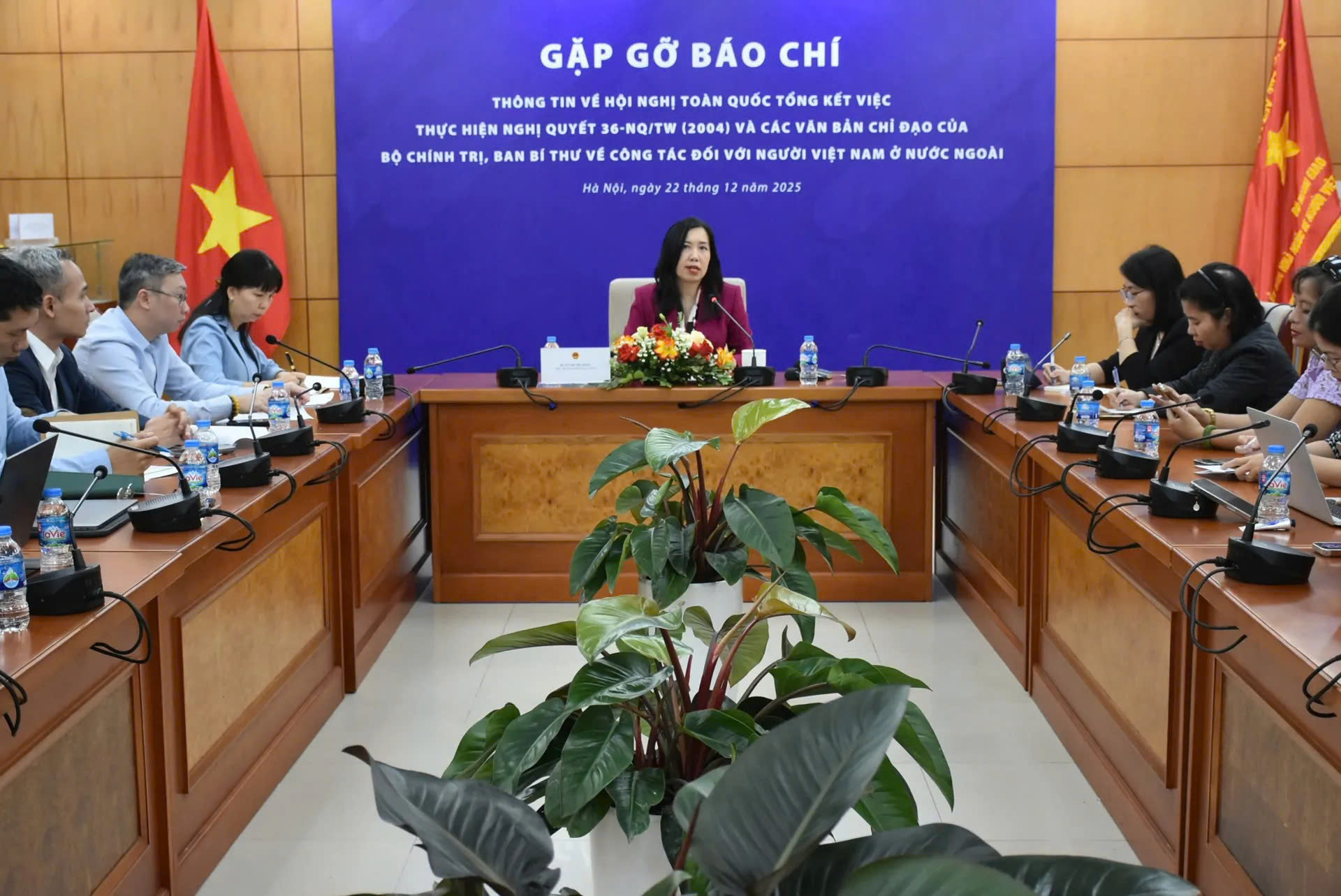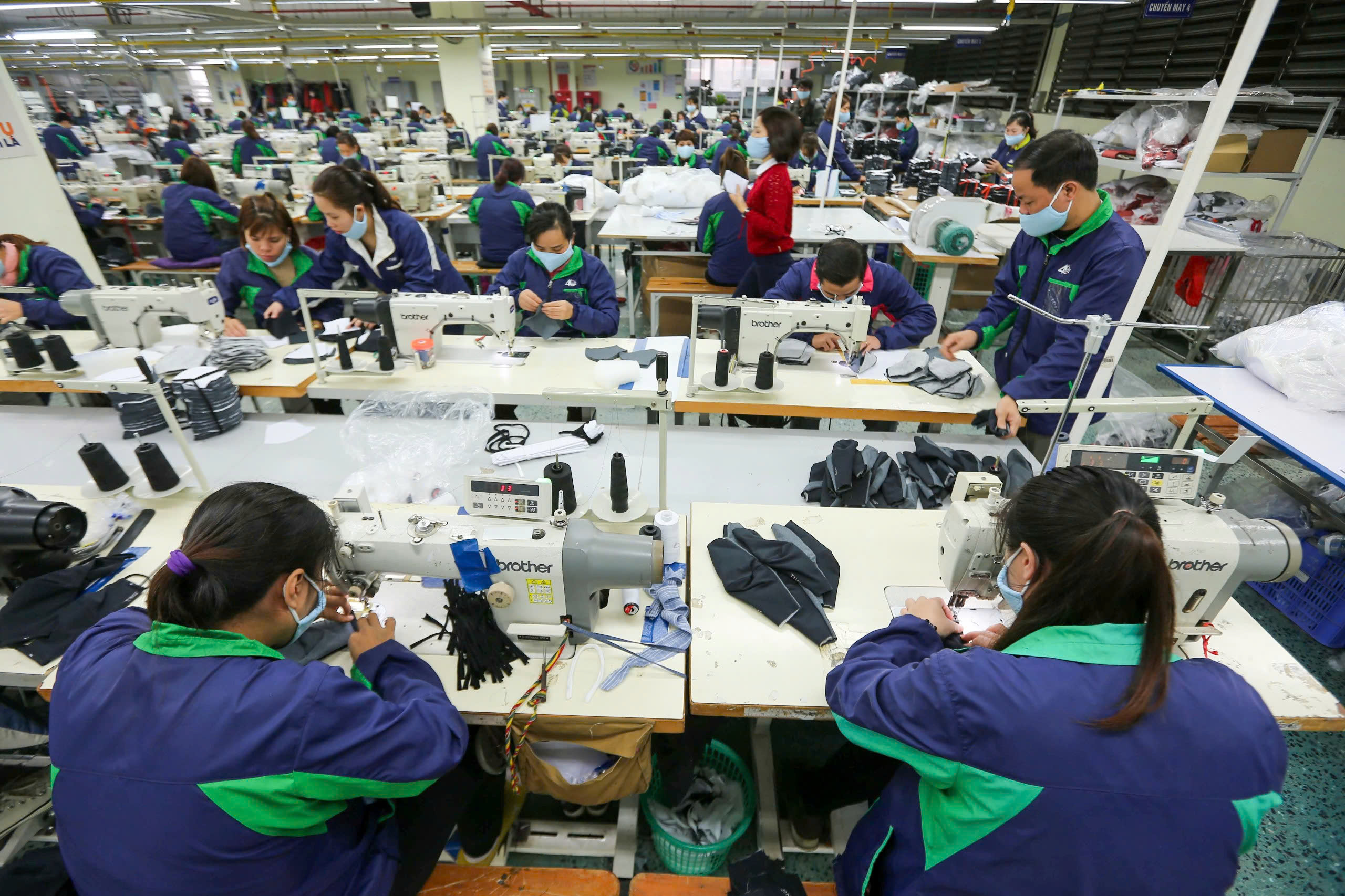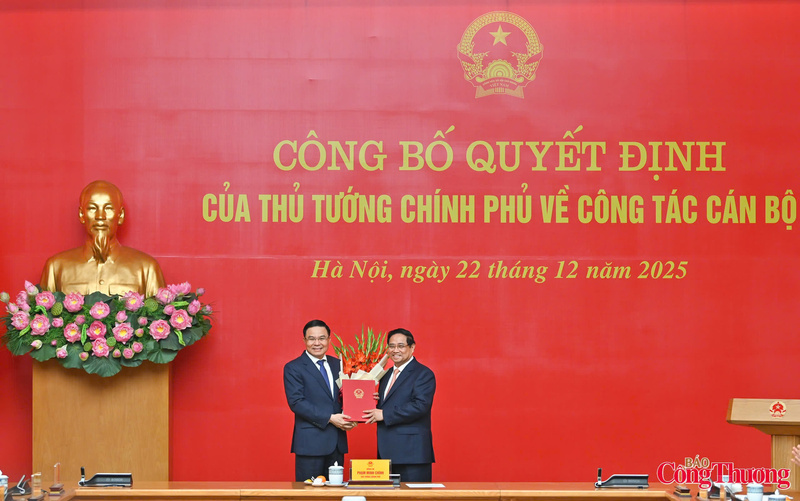
Vietnam to review over 20 years of Resolution 36 on overseas Vietnamese
19:05 | 23/03/2025 16:32 | 23/12/2025News and Events
Bottlenecks holding back local specialties
Lang Son is a northern border province with more than 80 percent of its area covered by mountains, home to diverse ethnic minority communities. With favorable climate and soil conditions, the region is blessed with a wide range of unique specialties. Chi Lang custard apple has become a national brand; Van Quan star anise is prized for its distinctive aroma; Trang Dinh grass jelly is known for its refreshing taste; while highland-grown vegetables and tubers are both delicious and safe. Lang Son is also famous for culinary delights such as roasted duck, sour pho, and smoked sausages, deeply rooted in the lives of ethnic communities for generations.
These products embody not only economic value but also the cultural essence of the borderland. However, in the context of market integration, with rising demands for quality, safety, traceability, and branding, many products have yet to break into larger markets.
La Duc Doan, Head of the Trade Management Division under the Lang Son Department of Industry and Trade, emphasized: “Linking production, processing, and consumption is the key to ensuring market access for ethnic minority products. Without linkages, it will be difficult for businesses to build brands for products. They will face pressure from middlemen, and be highly vulnerable to market fluctuations.”

Head of the Trade Management Division under the Lang Son Department of Industry and Trade La Duc Hoan.
In fact, Lang Son’s highland agricultural products still face multiple bottlenecks. Strong seasonality and unstable output make it difficult for businesses to sign long-term contracts. Most processing facilities remain small-scale, with outdated technology. Investment in deep processing remains limited, far below potential. Logistics infrastructure is poor, with insufficient cold storage, preliminary processing, and modern preservation centers. Importantly, linkages between farmers, cooperatives, and businesses remain fragmented, with few binding contracts and many farming areas yet to be granted production unit codes.
As a result, even high-quality and well-known specialties are often confined to local markets or exported informally across the border, with low added value. This is a key constraint preventing sustainable growth, leaving both businesses and farmers at a disadvantage.
Strengths of local specialties amid integration challenges
From an overall perspective, Lang Son holds rare advantages. Its diversity of unique local products is undeniable. Chi Lang custard apple, Van Quan star anise, and Trang Dinh grass jelly have all become well-known brands nationwide. These products are not only delicious and safe but also tied to famous localities, forming “geographical indications” with long-term brand value.
The province also enjoys a strategic geo-economic location as an international trade gateway and a hub along the Vietnam-China-ASEAN economic corridor. This is a major advantage for local products to circulate domestically and expand to global markets. If fully leveraged, ethnic minority products can become valuable export commodities.
Yet opportunities come with challenges. Markets are increasingly strict about quality, traceability, and food safety. Modern consumers demand not only taste and uniqueness but also attractive packaging, clear branding, and transparent information. Crucially, supply capacity must be stable and able to meet large, long-term orders. Without timely standardization, ethnic minority products risk losing out in fierce competition.
Tran The Kien, Director of the Thien Phu Trading and Construction Co., Ltd., who successfully built a brand with Lang Son roasted duck, said: “Ethnic minority agricultural products are of high quality and have distinctive flavors. But if they are sold raw or only minimally processed, their value remains limited. With roasted duck, we have seen that only by focusing on proper processing, preservation, and brand building can the product gain consumer trust and expand its market.”

Tran The Kien, Director of the Thien Phu Trading and Construction Co., Ltd.
His view underscores that opportunities are within reach. What matters is the determination to shift from small-scale to value chain production, from raw sales to deep processing, and from traditional to modern trade.
Solutions to boost market access
For Lang Son’s ethnic minority products to truly break through, success lies not only in good production but also in building a sustainable path from farm to market. This requires removing long-standing bottlenecks and creating a tightly linked ecosystem where the State plays a guiding role, businesses act as the core, and farmers and cooperatives serve as the foundation.
First, developing stable raw material zones is essential, as they form the backbone of the value chain. La Duc Doan stressed: “Without raw material zones tied to long-term contracts and production unit codes, all trade promotion efforts remain superficial. Businesses must know exactly what to buy, where, and in what quantity.” With well-planned raw material areas, farmers can gain production security, businesses can confidently invest, and markets will receive a stable supply.
At the same time, upgrading processing and preservation is crucial. These are long-standing weaknesses of highland agriculture. Many specialties lose quality and value shortly after harvest due to lack of cold storage or preliminary processing. To change this, the province needs to encourage investment in deep-processing plants within industrial clusters, support infrastructure and credit for building regional logistics hubs with modern cold storage and packaging lines. La Duc Doan noted: “Without upgrading processing and preservation, ethnic minority products remain raw, low-value, and uncompetitive in major markets.”
Another crucial step is connecting supply with demand and bringing products to market. Instead of leaving farmers to find buyers on their own, mechanisms should be put in place to organize networking conferences and centralized contract negotiations, where farmers, cooperatives, enterprises, and distributors can sit together and sign clear agreements. This is not only a channel for trade promotion but also a platform for building model linkages that can then be replicated in other localities.
Equally important is improving market capacity for farmers and cooperatives. Products can only thrive if producers understand standards, apply e-commerce, build brands, and protect intellectual property rights. Training programs on marketing, packaging design, and online sales should be regularly implemented, enabling farmers to become “smart sellers” in the digital economy.
From a business perspective, Tran The Kien shared practical experience: “When we invest properly in processing, packaging, and branding, product value can increase many times over. Roasted duck is a prime example: sold traditionally, it had a small market and low value; but once standardized and branded, it became a premium gift product and expanded beyond the province.”
Digital transformation and e-commerce are also opening new doors. Selling OCOP (One Commune One Product) products and local specialties on online platforms has already shown success by connecting producers directly with urban consumers. For long-term growth, however, ethnic minority farmers need digital skills training not only in livestream sales but also in managing orders, promoting products, and maintaining customer trust.
If these solutions are implemented consistently, they will provide strong leverage, turning the advantages of local specialties into real market competitiveness. More importantly, they will help ethnic minority products move beyond mountain markets to confidently assert their brands nationwide.
In short, linking production, processing, and consumption is the fundamental solution to expanding market access for Lang Son’s ethnic minority products. When these products appear not only at local fairs but also in supermarkets, on e-commerce platforms, and even in official export channels, that will mark the moment Lang Son’s specialties truly affirm their brand and value.

19:05 | 23/03/2025 16:32 | 23/12/2025News and Events

19:05 | 23/03/2025 16:30 | 23/12/2025Trade

19:05 | 23/03/2025 23:26 | 22/12/2025Industry

19:05 | 23/03/2025 23:19 | 22/12/2025News and Events

19:05 | 23/03/2025 14:41 | 22/12/2025News and Events